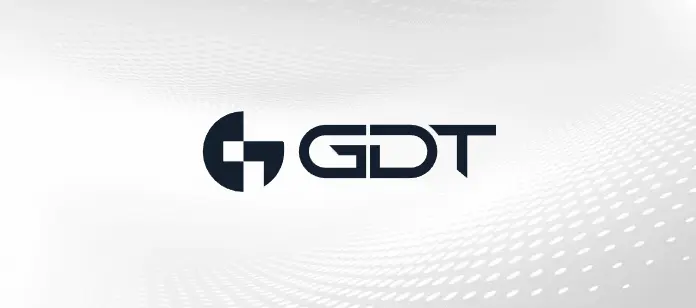It would be impossible to argue that cryptocurrency is a green initiative, at least from an electricity perspective. It’s estimated that the power it takes to mine cryptocurrency worldwide could power Ireland—yes, that Ireland.
The amount of computing power required to mine cryptocurrency is staggering, so much so that Quebec, home to Quebec City, Canada’s capital, is hiking rates by seventy-five percent (75%) for cryptocurrency companies. With the lowest kilowatt per hour rates in North America, Quebec has been the real estate of choice for crypto miners. And even though most of Quebec’s power grids are fed by green-friendly hydroelectricity due to the province’s abundance of lakes, streams, dams, etc., overages rely on good old-fashioned electricity―the eco-unfriendly kind. But with problems come solutions, and this one (1) is a doozy.
Mining for Heat
Heatmine is a Quebec startup that believes it has an answer to the energy drain that is crypto mining. It hasn’t figured out a way to reduce the computational power needed, but it is experimenting with another way to make use of the massive amounts of 1’s and 0’s—capturing the heat generated from the equipment.
If you’ve ever been in a data center, you understand the amount of heat computational equipment produces. And the frigid data center temps tell you another thing about equipment—it does’t like heat. So Heatmine has developed a solution to relieve crypto miners of that unwanted heat.
Their device looks like a Rube Goldberg concoction that combines metal cabinets, hot water heaters, graphic cards, PVC, copper pipes, and a lot of clunky junction points. It sits atop the equipment and pulls heat from it, much like belt-driven fans draw heat away from engines. The hot water heater sits inside the cabinet with dozens of graphic cards, all of which are connected to a maze of pipes. The equipment-generated heat gets converted into hot water, which is stored in, fittingly, the hot water heater. From there, it does what hot water heaters do—wait for hot water taps to open when hand washing, showers or radiant heat is needed.Each unit, which is installed outside whatever area houses the equipment, comes equipped with 3G data connectivity, which allows for remote management. Heatmine claims that a single unit can provide heat up to three hundred (300) square meters of space, or generate 75,000 BTUs per hour (not bad, considering that 300 sq. ft. space is probably Canada). Heatmine is so confident in its solution—albeit a rather unsightly one—that they’re footing the bill to install the units at crypto mining companies. They just want their heat, and if they’re given it, the crypto mining company will get their electricity for free.
Here’s the (potential) rub
As of yet, Heatmine hasn’t made it clear exactly how businesses that aren’t in close proximity to crypto mining companies can get access to all of that hot water. Yes, that’s a problem. But hot water aside, Heatmine’s website doesn’t explain how they’re going to provide customers with bargain basement electricity pricing. Apparently, for now they’re leaving a few of the details up to our imaginations.
Heatmine’s invention is fascinating, the technology is interesting, it’s renewable energy goals are admirable, but as of yet it’s hard to tell if their business model is half- or fully-baked.
Questions about your organization’s digital transformation journey?
For more information about how your organization can develop or enhance its road to digital transformation, call on the expert solutions architects and engineers at GDT. For years they’ve been helping customers of all sizes, and from all industries, realize their digital transformation goals by designing and deploying innovative, cutting-edge solutions that shape their organizations and help them realize positive business outcomes. Contact them at SolutionsArchitects@gdt.com or at Engineering@gdt.com. They’d love to hear from you.



